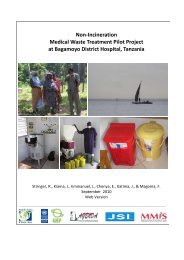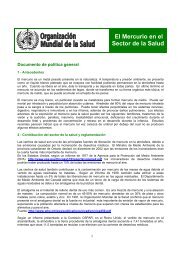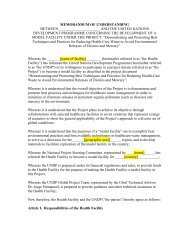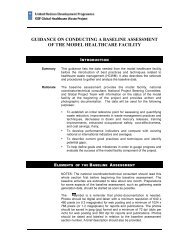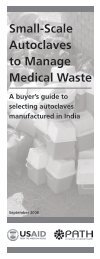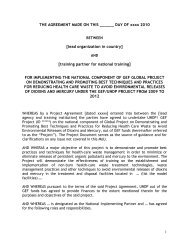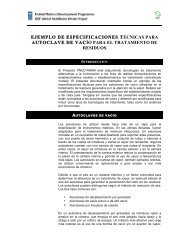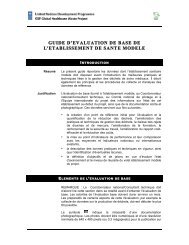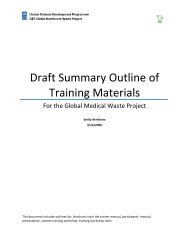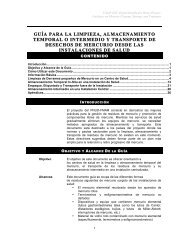Latvia
Latvia
Latvia
You also want an ePaper? Increase the reach of your titles
YUMPU automatically turns print PDFs into web optimized ePapers that Google loves.
Health systems in transition<br />
<strong>Latvia</strong><br />
These Regulations specify that the HSMTSA is responsible for assessing and<br />
approving medical technologies.<br />
“Regulations of the Cabinet of Ministers on Establishment, Fulfilment and<br />
Maintenance of the Medical Persons Register” (2005)<br />
These documents stipulate that all health sector workers must report to<br />
the Register within one month following initiation of their professional<br />
activities.<br />
“Regulations of the Cabinet of Ministers on Reimbursement System of<br />
Pharmaceuticals and Medical Devices” (2006)<br />
These Regulations redefine the principles of reimbursement, and determine a<br />
reference pricing system in pursuit of cost-containment in the pharmaceuticals<br />
sector.<br />
Policy process and reform implementation<br />
A significant part of the <strong>Latvia</strong>n health care reform process of recent years<br />
has been organized and driven by a World Bank “Health Reform Project”,<br />
agreed between the World Bank and the <strong>Latvia</strong>n Ministry of Welfare in<br />
1998, and involving a loan of US$ 12 million and additional financing of<br />
approximately US$ 5.5 million (with cost overruns of approximately US$ 2.5<br />
million). Additional partners in the project have been the Swedish International<br />
Development Agency and the SCHIA.<br />
The project was intended to support the Government of <strong>Latvia</strong> to implement a<br />
long-term restructuring strategy in the health services sector. It was to be carried<br />
out in two phases. Objectives for Phase I included policy reforms, institution<br />
building and skills development in health financing, health investment policy,<br />
reform of PHC, restructuring of the hospital sector, and the development of<br />
effective public health programmes. Phase II was to support a Consolidated<br />
Health Investment Programme by directly financing investments in the<br />
implementation of health services restructuring, according to a Master Plan.<br />
Phase I of the project was completed in 2004. Phase II did not materialize<br />
for political reasons. However, the Master Plan was implemented with<br />
the use of internal financing, rather than through World Bank financing.<br />
The implementation of the Master Plan is discussed in Section 7.2 Future<br />
developments.<br />
Most of the reforms discussed in the following sections were undertaken<br />
either as part of the World Bank project, or were strongly influenced by it.<br />
219





